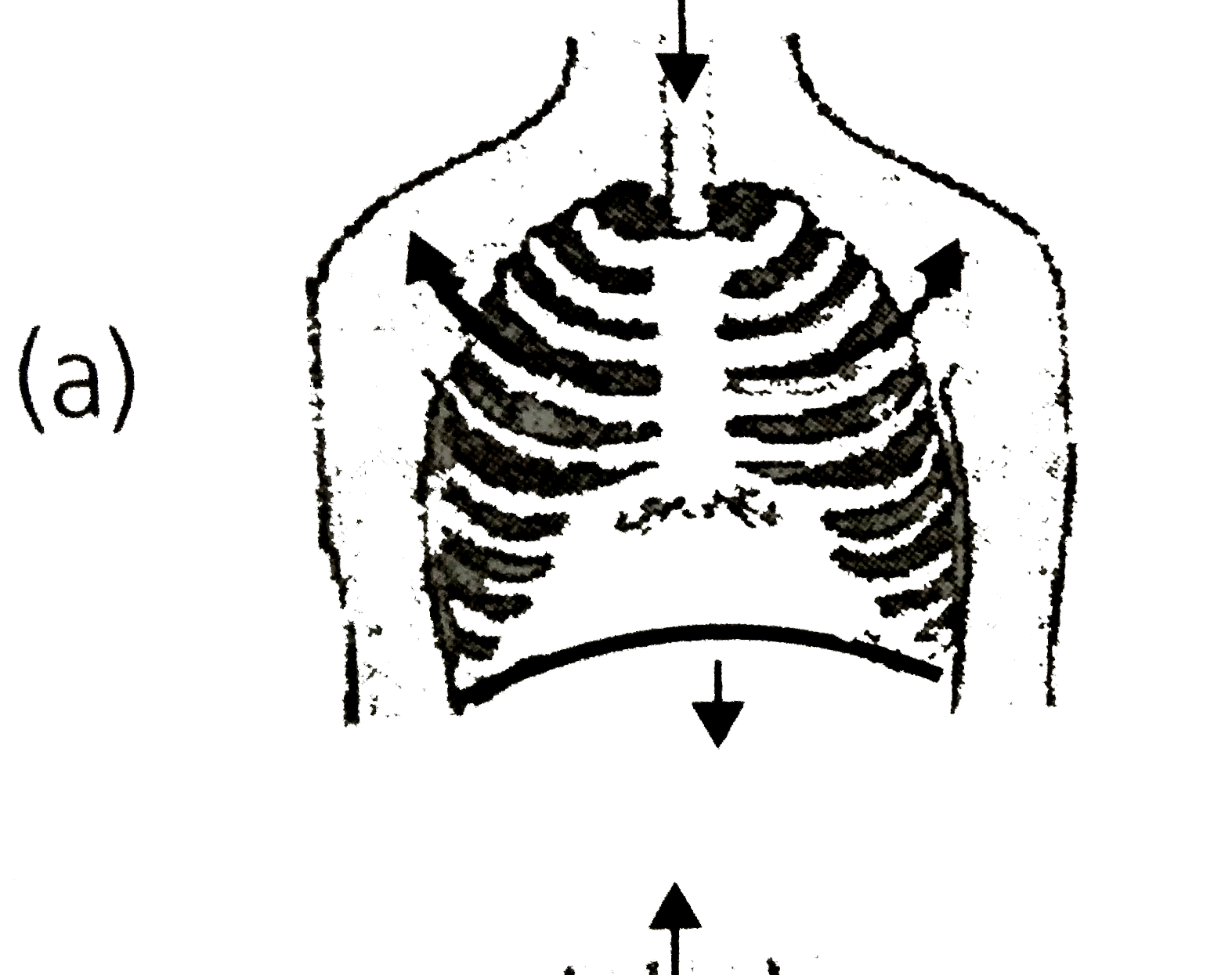The respiratory tract is lined internally with a .................. epithelium.
Step-by-Step Solution:
1. Understanding the Question: The question asks what type of epithelium lines the respiratory tract internally.
2. Definition of Epithelium: Epithelium is a type of tissue made up of tightly packed cells that cover surfaces or line cavities in the body.
3. Function of the Respiratory Tract: The respiratory tract serves as a passage for air to enter the lungs, where gas exchange occurs. It also conditions the air by filtering, warming, and moistening it.
4. Characteristics of the Respiratory Tract Lining:
- The lining must be moist to prevent drying out, which is crucial for gas exchange in the alveoli.
- It must also be able to filter out dust and foreign particles from the air.
5. Identifying the Type of Epithelium: Given the need for a moist lining that can handle the conditioning of air, the type of epithelium that fits this description is mucous epithelium.
6. Conclusion: Therefore, the respiratory tract is lined internally with mucous epithelium.
---
- The lining must be moist to prevent drying out, which is crucial for gas exchange in the alveoli.
- It must also be able to filter out dust and foreign particles from the air.
Similar Questions
Knowledge Check
Exhalation is the process of expulsion of air through the respiratory tract. Which figure illustrates the process of exhalation ?
A B
B C
C D
D
Which of the following statement correctly describes the respiratory tract ?
I the right lung is larger than the left
II expiration is predominantly a passive phenomenon
III air enters the lungs because of created negative pressure
View SolutionMucous coating of respiratory tract acts as a
View SolutionUrinary tract infections can effect
View SolutionThe columnar epithelium is found in
View SolutionDorsal respiratory group and Ventral respiratory group
View Solution[A] : The urinary bladder is capable of considerable expansion in volume in order to accomodate urine.
[R]: it is lined by transitional epithelium.
View SolutionThe digestive tracts of ruminants contain:-
View Solution
